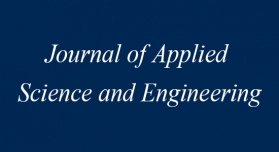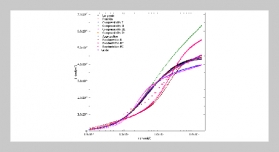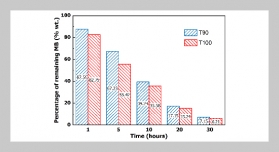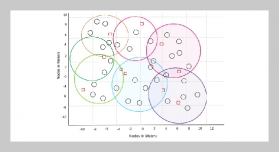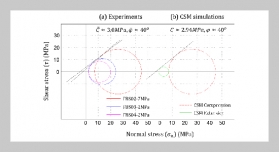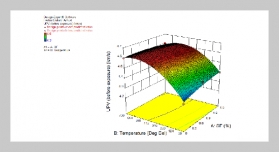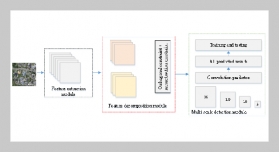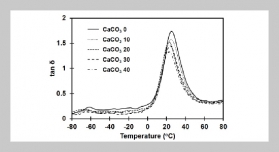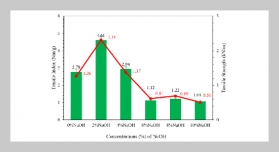REFERENCES
- [1] Fuge C. and Sohns, D., “Cut Costs in Olefin Plant,” Hydrocarbon Processing, Nov., p. 165 (1976).
- [2] Keiser, V., Heck, G. and Mestrallet, J., “Optimize Demethanizer Pressure for Maximum Ethylene Recovery,” Hydrocarbon Processing, June, p. 115 (1979).
- [3] El-Sayed, Y.M and Gaggioli, R.A. “A Critical Review of Second Law Costing Methods-I: Background and Algebraic Procedures,” J. Energy Res. Tech., Vol. 111, p. 1 (1989).
- [4] Tsatsaronis, G., “A Review of Exergoeconomic Methodologies,” Proceedings, 4th International Symposium on Second Law Analysis, University of Roma, Rome, Italy, p. 81 (1987).
- [5] Valero, A., M.A. Lozano and M. Muñoz, “A General Theory of Exergy Saving, Part I~III,” Computer-Aided Engineering of Energy System – Second Law Analysis and Modelling, AES Vol.2-3, p. 1 (1986).
- [6] Tsatsaronis, G. and M.Winhold, “Exergoeconomic Analysis and Evaluation of Energy-Conversion Plants – II. Analysis of A Coal-Fired Steam Power Plant,” Energy, Vol. 10, No. 1, p. 81 (1985).
- [7] Valero, A., Guallar, J., and M. Muñoz, “The Exergetic Cost and Related Concepts, An Application to a Simple Cogeneration Plant,” IV International Symposium on Second Law Analysis of Thermal Systems, Roma, May, 25-30, p. 123 (1987).
- [8] Tsatsaronis, G., “Invited Papers on Exergoeconomics,” Energy, Vol. 19, No. 3, p. 279 (1994).
- [9] Alvarado, A. and C, Gherardelli, “Exergoeconomic Optimization of A Cogeneration Plant,” Energy, Vol. 19, No. 12, p. 1225 (1994).
- [10]Kim, S., S. Oh, Y. Kwon, and H. Kwak, “Exergoeconomic Analysis of Thermal Systems,” Energy, Vol. 23, No. 5, p.393 (1998).
- [11]Tsatsaronis, G. and M. Winhold, “Exergoeconomic Analysis of Energy-Intensive Chemical Processes,” Proceedings of World Congress III of Chemical Engineering, Tokyo, Japan, Sep. 21-25, Vol. I, p. 402 (1986).
- [12]Guallar, J. and A. Valero, “Thermoeconomic Study of A Sugar Factory,” Thermodynamic Analysis of Chemical Reactive Systems, AES-Vol. 4, p. 87 (1988).
- [13]Lincoff, A.M., “Separation System for Recovery of Ethylene and Light Products from Naphtha-Pyrolysis Gas Stream,” Process Design Case Study, CACHE Corp., Austin, TX (1983).
- [14]Chemstations Inc., CHEMCADTM , V.4.0 (1998).
- [15]Gaggioli, R.A., “The Concept of Available Energy,” Chem. Eng. Sci., Vol. 16, p. 87 (1961).
- [16]Lozano M.A. and A. Valero, “Methodology for Calculating Exergy in Chemical Process,” Proceedings, ASME Winter Annual Meeting, AES-Vol.4, p.77 (1988).

